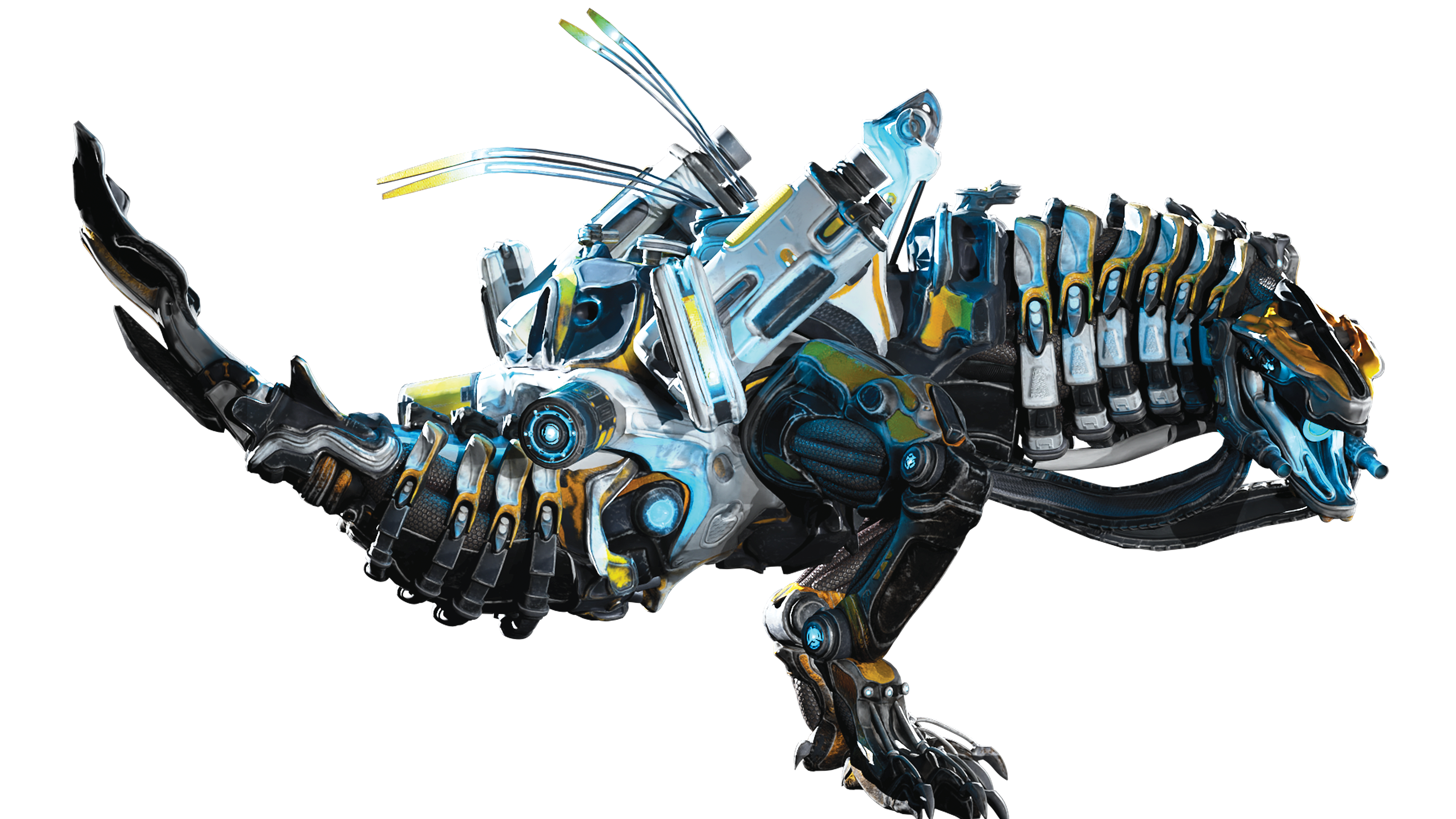5 big branding trends for 2015
We're entering a new 'Human Era' for branding - find out what that means and more...
In 2014, everywhere you looked, it seemed brands were springing to life – finding their human sides and learning to connect in truly authentic ways. Some for the first time. Even a few famously uptight institutions let their hair down, got rid of the jaw-breaking jargon and started talking and acting like people.
At Lippincott, we've seen a fundamental shift from 'Institutional Era' to 'Human Era' brands. Today's admired brands are flatter and less centralized than those before them. They listen to the world around them and are open to their customers' input. Their delivery is more intimate and personalized, and also more inclusive. They realize that customers seek not just to buy something, but to buy into something.
We recognize that shedding decades of formality and habit to forge genuine connections is challenging, sometimes painful for some institutions. Yet, some notable Human Era leaders emerged in 2014, and deserve recognition for bringing about a breath of fresh air.
01. Talking and acting like people
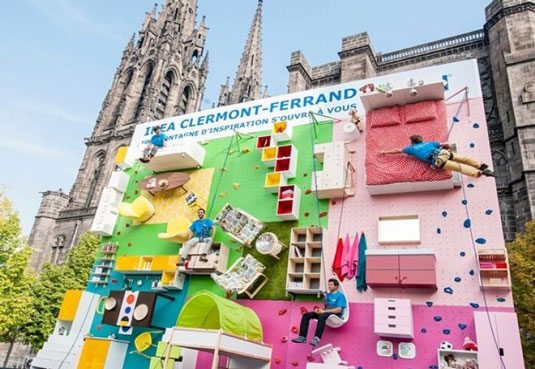
Connecting with a Human Era company should feel more like an eye-to-eye conversation than a one-way corporate communication. In 2014, Ikea made an effort to speak to its customers in ways simple and unique.
It hosts, for instance, digital design tools, allowing customers to place Ikea furniture in the contexts of their living rooms and kitchens. In Russia, Ikea furnished a movie theater with beds and pillows, transforming it into a giant bedroom. It created a comfier environment for customers, improving the worst part of going to the movies – it turned vertical movie seating into a horizontal experience.
Not a surprise from a company that converts billboards into climbing walls or uses its massive print catalogues to poke fun at tech companies. Ikea employees consider themselves "anthropological marketers," delivering solutions in ways that drive engagement.
02. Being real, and even flawed
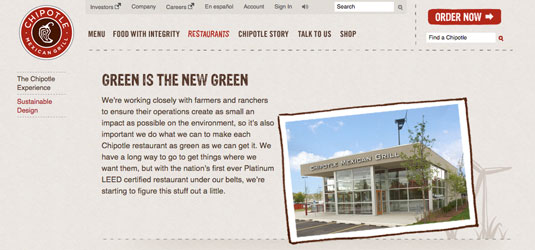
Gone are the days when you had to be perfect. Human Era companies admit errors and let you see behind the curtain. They take transparency to a new level and show you who they really are.
Get the Creative Bloq Newsletter
Daily design news, reviews, how-tos and more, as picked by the editors.
Chipotle, the admired burrito chain, is a brand built on this ethos. It has been transparent about the sourcing of ingredients, using animation and design to communicate its sustainable mission.
In an effort to position itself as the food choice for customers against Global Warming and antibiotics, it doesn't suggest that it's perfect. Instead, Chipotle describes itself as in 'constant improvement', working to find better, more sustainable sources.
03. The return of fun
Connecting on a more human level is about showing a personality and creating unique character in special ways. Virgin America, for instance, puts the fun in flying by taking customers on an easy-to-navigate journey to book flights.
This year, the airline introduced an updated, cross-device website. Simple, sleek and intuitive, the airline took a human-centered approach to what is ordinarily a complex and overwhelming process.
Decisions are made one at a time on full-screen frames. By designing and introducing friendly, animated avatars for the website's launch, Virgin America was able to successfully communicate the ease and accessibility of its features, including the opportunity to print back-pocket inspired boarding passes.
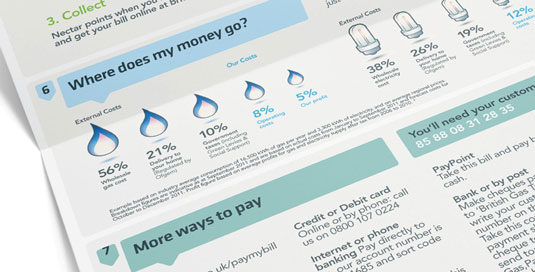
Leadership generally pays attention to big game changers but often fails to pick up on the small things that impact customers. Some don't realize that the little things can matter too. Something as simple as making tweaks to monthly bills can fundamentally change the way a company is perceived.
At British Gas, a radical overhaul of its bill – making it simpler and easier to understand - saw an immediate 10 per cent drop in customer call centre volume. The new design was a catalyst for the organization as it sought to regain customer trust.
04. Empathy
From management to the front line, human companies go beyond paying lip service to being 'customer-driven'. They have cultures in which employees immerse themselves in customers' lives. This year, Southwest Airlines put heart into their brand in a literal way.
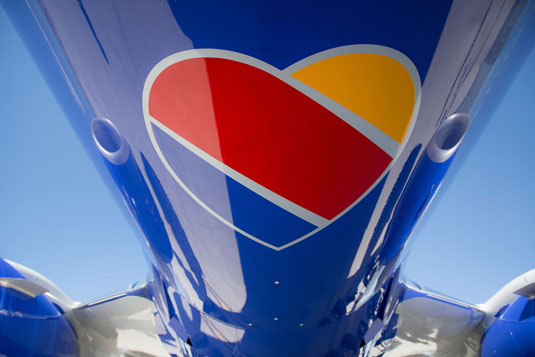
With its iconic culture known for putting people first, Southwest updated its visual expression, arriving at a unified identity and unique symbol – its heart.
The heart is used to communicate the company's continued passion for people, both on board and behind the scenes. It is intended to demonstrate that Southwest is in the people business as opposed to the aviation industry.
05. Empowering individuals to be the brand
Human Era brands trust and empower their people. They throw out the scripts and entrust employees, and sometimes customers, to deliver their brands. This year, Airbnb introduced Create Airbnb, allowing customers to create their own logos.
These homemade symbols are as unique as the customers themselves. The program is a recognition that the Airbnb identity cannot be separated from its customers but instead co-created with them.
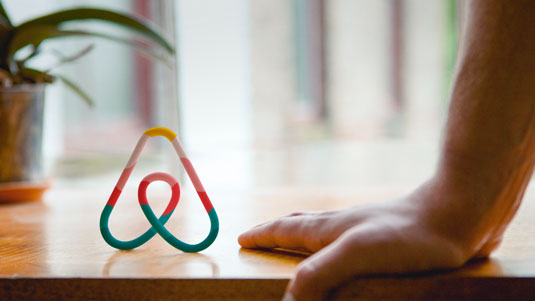
There is no doubt that companies will continue to humanize themselves in 2015. To cut though the clutter, though, leadership must take bolder steps to expose the truths of their companies, offering customers VIP access into how their businesses are run.
Taking cues from the above brands, increasingly Human Era companies will be able to unlock value by tapping into the power of meaningful connection.
Words: Connie Birdsall
Connie Birdsall is creative director at Lippincott, which combines strategic thinking and creative excellence to turn brand possibilities into business results.

Thank you for reading 5 articles this month* Join now for unlimited access
Enjoy your first month for just £1 / $1 / €1
*Read 5 free articles per month without a subscription

Join now for unlimited access
Try first month for just £1 / $1 / €1

The Creative Bloq team is made up of a group of design fans, and has changed and evolved since Creative Bloq began back in 2012. The current website team consists of eight full-time members of staff: Editor Georgia Coggan, Deputy Editor Rosie Hilder, Ecommerce Editor Beren Neale, Senior News Editor Daniel Piper, Editor, Digital Art and 3D Ian Dean, Tech Reviews Editor Erlingur Einarsson, Ecommerce Writer Beth Nicholls and Staff Writer Natalie Fear, as well as a roster of freelancers from around the world. The ImagineFX magazine team also pitch in, ensuring that content from leading digital art publication ImagineFX is represented on Creative Bloq.
